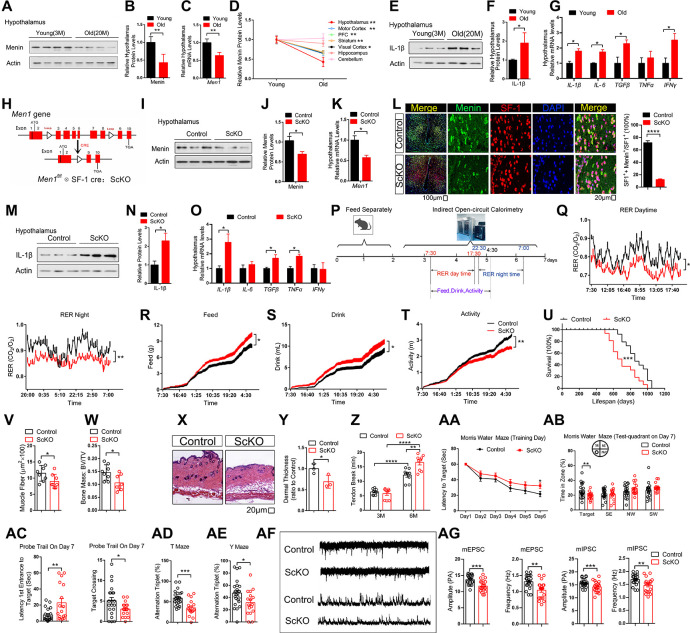Fig 1. Reduced Menin in the hypothalamus accelerates systemic aging.
(A–C) Menin protein expression and mRNA levels in the hypothalamus of young (3M) and old (20M) mice; n = 4 mice. (D) Menin protein expression levels in 7 regions of young (3M) and old (20M) mice brain; n = 4 mice. Actin serves as a loading control. (E–G) Inflammatory factors protein expression and mRNA levels in the hypothalamus of young (3M) and old (20M) mice; n = 3 mice. (H) Generation of conditional Men1-knockout mice by crossing Men1f/f mice with SF1-Cre mice (ScKO). (I–K) The protein and mRNA levels of Menin in the hypothalamus of 6 months ScKO and control mice; n = 3 mice. (L) Representative hypothalamus brain sections from 6 months control and ScKO mice stained with Menin (green) and SF1 (red) antibody. Section was counterstained with DAPI (blue). Scale bar, 100 μm, 20 μm; n = 5 mice. (M–O) Inflammatory factors protein expression and mRNA levels in the hypothalamus of ScKO (6M) and control (6M) mice; n = 3 mice. (P) Schematic diagram of open circuit indirect calorimetry. (Q) Day and night respiratory quotients (RER) of age-matched male ScKO mice (10M) and control mice (10M) were measured. Exact dietary (R), water intake (S), and activity (T) were also measured. (U) Lifespan of these mice (Control mice, n = 14; ScKO mice, n = 16). (V–Z) Male mice were sacrificed at 10 months for measuring muscle (quadriceps) fiber size (V), bone mass (2), dermal thickness (X, Y), and tail tendon breaking time (Z); n = 3~9 mice. Scale bar, 20 μm. (AA–AC) Ten months male ScKO and age-matched control mice behavior in Morris water maze tests. (AD) Ten months male ScKO and control mice behavior in T maze. (AE) Ten months male ScKO and control mice behavior in Y maze. (AF, AG) Electrophysiological recording from ScKO and control mice. Representative whole-cell recordings on SF-1 neurons in the hypothalamus of ScKO and control mice are shown on panel AF. Quantitation of their mEPSC and mIPSC frequency and amplitude are showed in panel AG (n ≥ 20 cells from 3 mice). Mouse number used in measuring energy expenditure by open circuit indirect calorimetry: ScKO mice: n = 16 mice; Control mice: n = 16 mice. Mouse number used in behavior tests: Control: n = 24 mice, ScKO mice: n = 17 mice. Data represent mean ± SEM, n.s.: not significant, *p < 0.05, **p < 0.01, ***p < 0.001, Kaplan–Meier survival estimate for survival curve. Unpaired t test for behavioral statistics. Statistical applications between groups across multiple time points were analyzed by repeated-measures ANOVA. Other statistical applications were analyzed by one-way ANOVA with Tukey’s post hoc analysis. The underlying data of Fig 1 can be found in S1 Information. mEPSC, miniature excitatory postsynaptic current; mIPSC, miniature inhibitory postsynaptic current; SF-1, steroidogenic factor-1.

